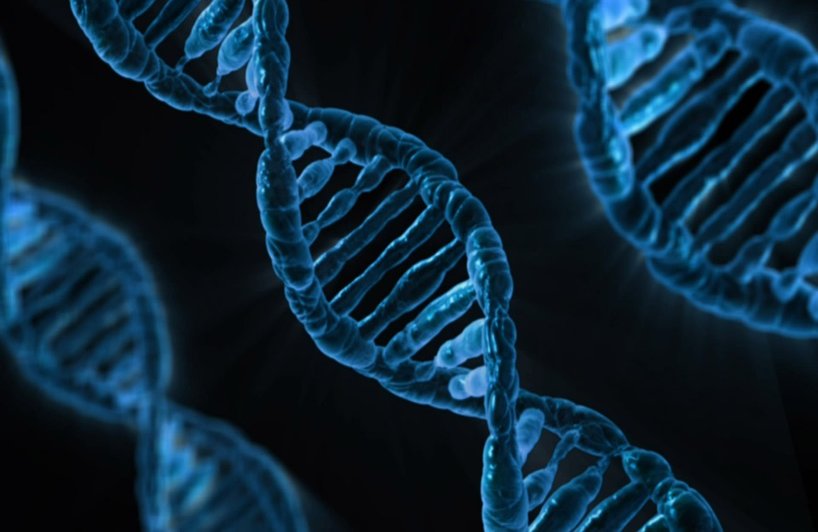The MST Reader is a series of guest posts offering overviews of interesting and timely topics that affect our world.
The MST Reader: The CRISPR and the Stuff of Life
In 1953, James Watson and Francis Crick first described the structure of human DNA, shining a light onto an area of the mechanics of life that had remained dark until then.
Seventy years later, we are only just beginning to develop the tools to work with that knowledge — now that we are, though, it’s happening fast.
A human has 23 pairs of chromosomes in the nucleus of one of our cells. These chromosomes house roughly 30,000 genes; those genes are made of more than 3 billion nucleotides, the fundamental components of DNA. Begun in 1990, the Human Genome Project took 13 years just to map one set of human genes, but that still left us a long way from understanding how they all worked together.
And while gene editing capabilities have been around for a while, they were far too unwieldy to use on a practical scale. The development of the CRISPR-Cas9 technique over the past decade has changed all that. By using a natural gene-cutting system found in bacteria, scientists have increased the precision and decreased the cost of gene editing to the point where readily editing the human genome is within reach of many labs around the world.
And it’s not just human genes — the same technique can be used to edit the genes of most living organisms. As with many disruptive technologies, the full ramifications are hard to foresee.
On the one hand, researchers have set their sights on gene-driven diseases like cancer and sickle cell; on the other hand, since we don’t fully understand how all genes work and interact (nor, even, how all ecosystems work in the real world), creating a genetically-modified organism could have unforeseen consequences.
We don’t have to imagine such missteps, as we’ve already made them with lesser tools than CRISPR. Think of Roundup, the herbicide meant to work in conjunction with Monsanto’s line of genetically-modified, Roundup-resistant seeds: while the modified seeds have been fine, parent company Bayer AG is facing as much as $10 billion in settlements linking the Roundup herbicide to cancer.
In 2018, a Chinese researcher drew worldwide condemnation by using CRISPR to edit the embryos of two young girls as part of a stated effort to make them immune to HIV. Unfortunately, peers have generally concluded that he didn’t follow ethical guidelines, didn’t employ sound scientific practices in the endeavor, and in the end did not even replicate the mutation that he had set out to. The real story, however, may be that CRISPR technology is so accessible that a relatively unsupervised and undisciplined lab was able to create genetically-modified humans.
What will a world look like where CRISPR gene editing is a mature and commonplace technology?
Further material:
A brief video from the McGovern Institute for Brain Research:
…
Join the conversation with Market Street Talent on LinkedIn, Instagram, Facebook and Twitter!
